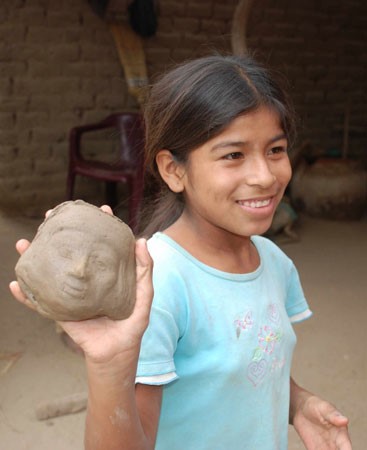By Sydney Stewart Rose
When the painting “An Unknown Man” by Dutch artist Frans Hals was revealed to be a forgery, the fine art auction house Sotheby’s fully reimbursed the painting’s buyer. It had been sold for $10.8 million, but when testing revealed it to be a fake, Sotheby’s said it had “rescinded the sale and reimbursed the client in full,” (BBC News, 2016). When discovered to be a forgery, the painting lost its monetary value. Forgeries are often considered to be duplicitous and deceptive replicas which provide no value to scholars and audiences, and therefore are considered to have no financial value.

An Unknown Man, originally attributed to Frans HalsCredit: BBC News, from http://www.bbc.com/news/entertainment-arts-37574411
However, new research has begun to present the issue of forgeries in a more sympathetic light. In fact, some scholars argue that forgeries are not always without beneficial effects (Huer 1990, 120; Hatch, 1998; Stanish, 2009). While this may sound counter-intuitive, it is now being argued that forgeries and the trade in fake antiquities may actually help to protect authentic antiquities from looting.
For example, when the online auction website eBay became popular in the early 2000’s, many worried that eBay was simply making it easier for individuals to sell looted antiquities. However, the many of the items advertised on the website were actually forgeries, and not looted antiquities. Forgeries could be sold on eBay just as easily as authentic looted antiquities could be sold on eBay, but they were much easier to acquire. Looting archaeological sites is risky and not always fruitful, but forgeries can be produced in bulk.

The daughter of a Peruvian artist who specializes in reproducing ancient objects holds an example of a forged archaeological artifact. Credit: Charles Stanish, from http://archive.archaeology.org/0905/etc/insider.html
The amount of forgeries available online rose exponentially. Charles Stanish, a professor of anthropology at UCLA, says that the people who used to loot archaeological sites are now shifting their focus to producing these forged antiquities (2009, para 4).

Credit: screenshotted from eBay on March 25 2017, from http://www.ebay.ca/sch/Roman-Antiquities/37907/bn_2310624/i.html
Though this phenomenon has been beneficial to the protection of antiquities, Stanish does wonder about whether or not the people purchasing these fakes online truly believe they are buying authentic artifacts, as these fakes are advertised at a fraction of what the authentic object would cost. Stanish questions whether buyers truly believe they are buying an authentic ancient Roman statue for $193.77 with free shipping.
We tend to focus primarily on the detrimental aspects of the existence of forgeries. However, identifying unexpected beneficial effects of these copies deepens our understanding of the illicit antiquities trade and helps inform how we protect cultural heritage.
References
Hatch, M. J. (1998). The Value of Forgeries: A Meaningful Tool of Art Historical Study (Masters Dissertation). Collections Canada. Retrieved from http://www.collectionscanada.gc.ca/obj/s4/f2/dsk2/ftp03/MQ30677.pdf
Huer, J. (1990) The Great Art Hoax: Essays in the Comedy and Insanity of Collectible Art. Ohio: Bowling Green State University Popular Press.
Sotheby’s declares ‘Frans Hals’ work a forgery. (2016, October 6). BBC News. Retrieved from http://www.bbc.com/news/entertainment-arts-37574411
Stanish, C. (May/June 2009). Forging Ahead: Or, how I learned to stop worrying and love eBay. Archaeology, 62(3). Retrieved from
http://archive.archaeology.org/0905/etc/insider.html